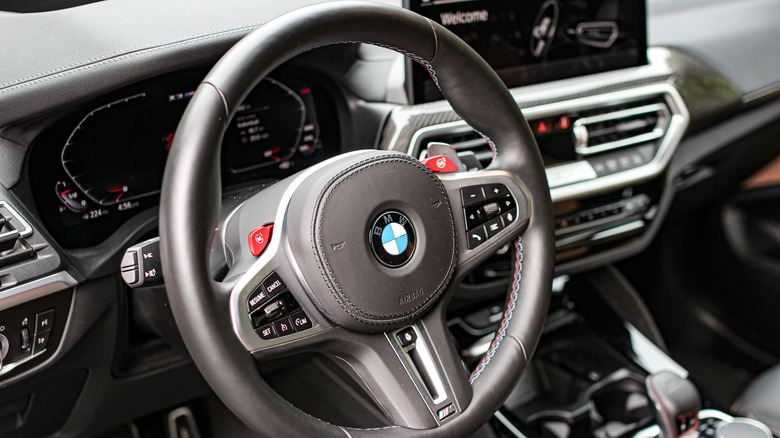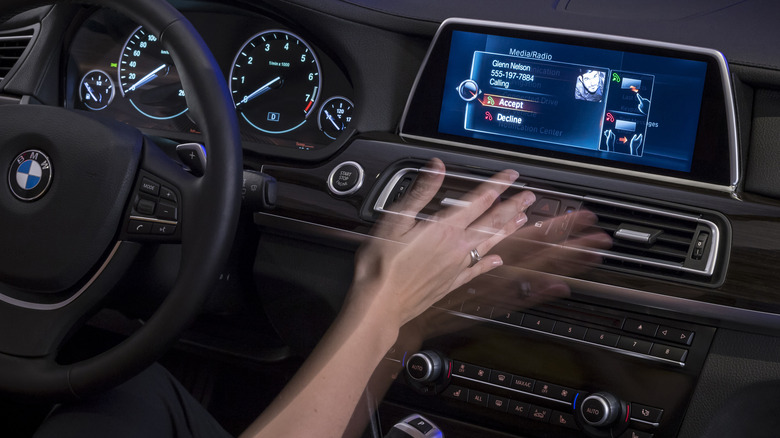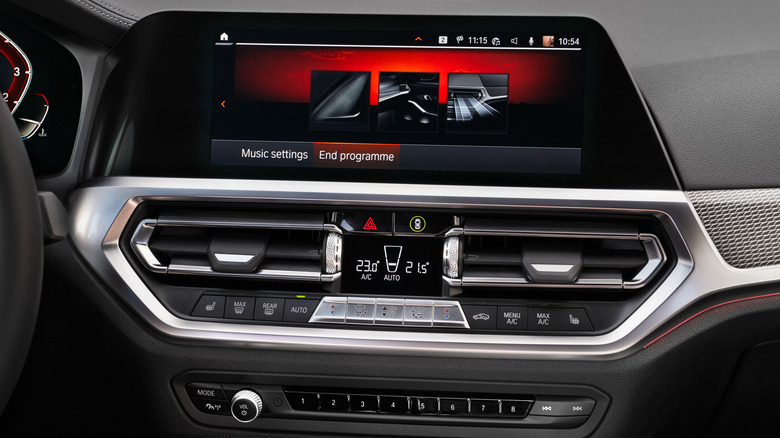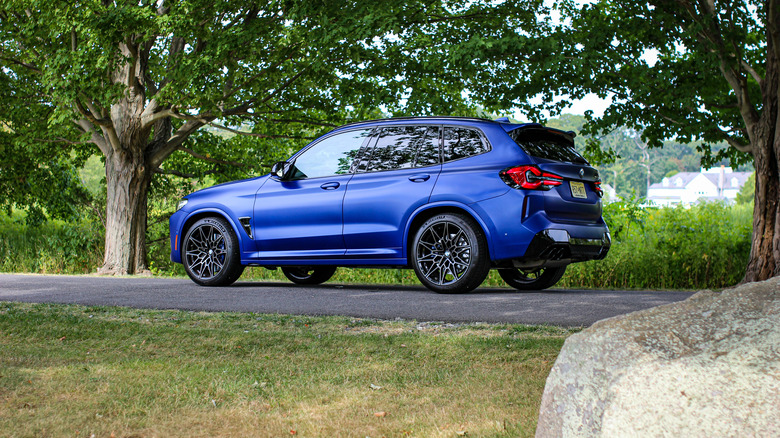BMW's Infotainment Gestures Awkwardly At Distracted Driving: Test Drive Field Notes
Driver attention is an important element in vehicle operation, and one that often feels at odds with the so-called conveniences that become indispensable features in modern cars. Each new gadget incorporated into a car solves one problem, but the cost is a portion of a driver's finite cognitive load. Consumer demand for hands-free calling and navigation made them ubiquitous daily-driver tools, but for all the good they do, they bring their own set of distractions – dialing a number, entering an address, deciphering a map instead of keeping eyes forward, etc.
While it might not seem like it sometimes (stares at Mercedes-Benz), automakers are constantly struggling to maintain the balance between driver distraction and keeping its latest vehicles tech-fresh and ahead of the game. Each tackle the issue in different ways, be it intuitive input layout, utilizing more versatile voice command systems or, like BMW, just hand-wave the problem. Literally.
Wave 'em like you just don't care
I mentioned the gesture controls briefly in my most recent BMW X3 M Competition review. The intent with this system is to allow drivers to use natural, intuitive hand motions to take care of small inputs without the need to hunt for a volume knob or scan the iDrive's touchscreen for the right command.
It works with the use of a 3D camera positioned just above the center console that can recognize certain moves keyed to a handful (heh) of specific inputs. All the driver (or front passenger) need to do is stick their hand in front of the screen and gesticulate appropriately.
Some moves feel more natural than others. Want to crank the volume? Just wind a finger clockwise. Closing a pop-up or ignoring a call? Wave your hand dismissively to the right. Others are a little tough to nail: answering a call is pointing a finger at the screen and also pulling it back, while skipping music tracks is sticking out a thumb, hitchhiker-style, in the direction you want the music to go. Thankfully, there are ways to configure gestures like a fist, open hand, or the Stooge-style two-finger eye-poke for certain inputs.
Diss Kinect
Do they work? Sometimes. On a technical level, they're quite hit-or-miss. Let's focus on volume control, arguably the gesture you'd want to use most often. The first time you spin your finger around to blast the tunes is a genuine baby-giggles-at-jingly-keys moment, but beyond a demonstration it's just irritating. If it works at all, it's not great at mimicking the minor adjustments of just slightly turning a dial, resulting in trying to wave backward to over-correct and ultimately just finding a physical input. After this, the gestures are largely forgotten about until an errant hand-wave changes the music or switches a screen suddenly.
It's reminiscent of the promises made of the old — and axed — Xbox Kinect: no more hand-held controllers, natural one-to-one movement, etc., but the end result was a gimmick marred with jank which lacked the precision that a traditional controller allowed. More to the point, these gestures are in place ostensibly to remove driver distraction, but just add new ones at worst.
Empty gesture
Distracted driving is, in itself, a very broad term for multitude of things in play while someone is behind the wheel, but when it comes specifically to mitigating the effects of in-car tech, there isn't a single, easy solution. So what do we do? As drivers, we can focus on good practices like avoiding calls, ignoring texts or pulling over for a spell if something absolutely needs to be addressed. The data proves it: trying to use your phone while you're on the move makes you more likely to have an accident.
For car-makers, it's on them to design intuitive cabins with inputs and controls laid out in familiar ways that drivers can manipulate without a second thought. They're certainly welcome to try new things out as technology evolves — innovation is fun and useful!– though I'd currently give missteps along that journey like Bimmer's not-so-hands-free solution one gesture that I'm sure everyone would recognize.



